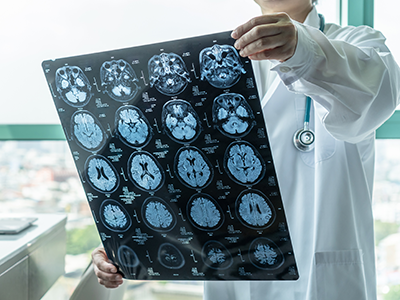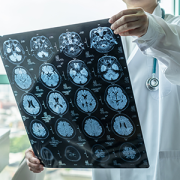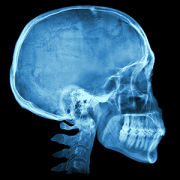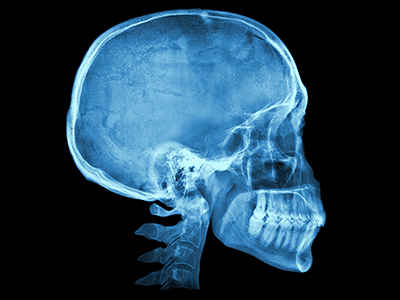NINDS awards $10 million for pediatric concussion research

Researchers will use advanced brain imaging and blood tests to explore biological markers—changes in blood pressure, heart rate and pupil reactivity—that could predict which children will develop persistent symptoms after concussion.
The National Institute of Neurological Disorders and Stroke has awarded a $10-million grant to the Four Corners Youth Consortium, a group of academic medical centers studying concussions in school-aged children. Led in part by the Safe Concussion Outcome Recovery and Education (SCORE) program at Children’s National Hospital, the project is named Concussion Assessment, Research and Education for Kids, or CARE4Kids.
Researchers will use advanced brain imaging and blood tests to explore biological markers—changes in blood pressure, heart rate and pupil reactivity—that could predict which children will develop persistent symptoms after concussion. The five-year CARE4Kids study will enroll more than 1,300 children ages 11-18 nationwide.
The five-year study will be led by Gerard Gioia, Ph.D., division chief of Neuropsychology at Children’s National Hospital, Frederick Rivara, M.D., M.P.H., at Seattle Children’s Center for Child Health, Behavior and Development and University of Washington’s Medicine’s Department of Pediatrics, and Dr. Chris Giza at University of California, Los Angeles (UCLA).
“We will be gathering innovative data to help answer the critical question asked by every patient: ‘When can I expect to recover from this concussion?’” said Dr. Gioia. “We have a great team and are excited to have been selected to study this important issue.”
Christopher G. Vaughan, Psy.D., neuropsychologist, and Raquel Langdon, M.D., neurologist, both at Children’s National, will join Dr. Gioia as principal investigators of the study at this site.
Every year, more than 3 million Americans are diagnosed with concussions. Symptoms continue to plague 30 percent of patients three months after injury—adolescents face an even higher risk of delayed recovery. Chronic migraine headaches, learning and memory problems, exercise intolerance, sleep disturbances, anxiety and depressed mood are common.
“Providing individualized symptom-specific treatments for youth with a concussion has been a longstanding aim of the SCORE program,”Dr. Vaughan said. “This project will lead to a better understanding of the specific markers for which children may have a longer recovery. With this knowledge, we can start individualized treatments earlier in the process and ultimately help to reduce the number of children who experienced prolonged effects after concussion.”
The grant was announced on September 9, 2021.
In Washington, D.C., an estimated 240 children ages 11 to 18, will participate in the study.
The study will unfold in two phases. The first part will evaluate children with concussion to identify a set of biomarkers predictive of persistent post-concussion symptoms. To validate the findings, the next stage will confirm that these biomarkers accurately predict prolonged symptoms in a second group of children who have been diagnosed with concussion. The goal is to develop a practical algorithm for use in general clinical practice for doctors and other health professionals caring for pediatric patients.
Institutions currently recruiting patients for the study include Children’s National Hospital, UCLA Mattel Children’s Hospital, Seattle Children’s, the University of Washington, University of Rochester, University of Texas Southwestern Medical Center and Wake Forest School of Medicine. Indiana University, the National Institute of Nursing Research, University of Arkansas, University of Southern California and the data coordinating center at the University of Utah are also involved in the project.
Earlier research conducted by the Four Corners Youth Consortium that led to this project was funded by private donations from Stan and Patti Silver, the UCLA Steve Tisch BrainSPORT Program and the UCLA Easton Clinic for Brain Health; Children’s National Research Institute; as well as from the Satterberg Foundation to Seattle Children’s Research Institute; and an investment from the Sports Institute at UW Medicine.





